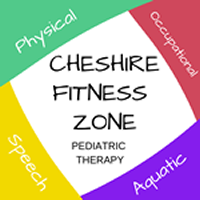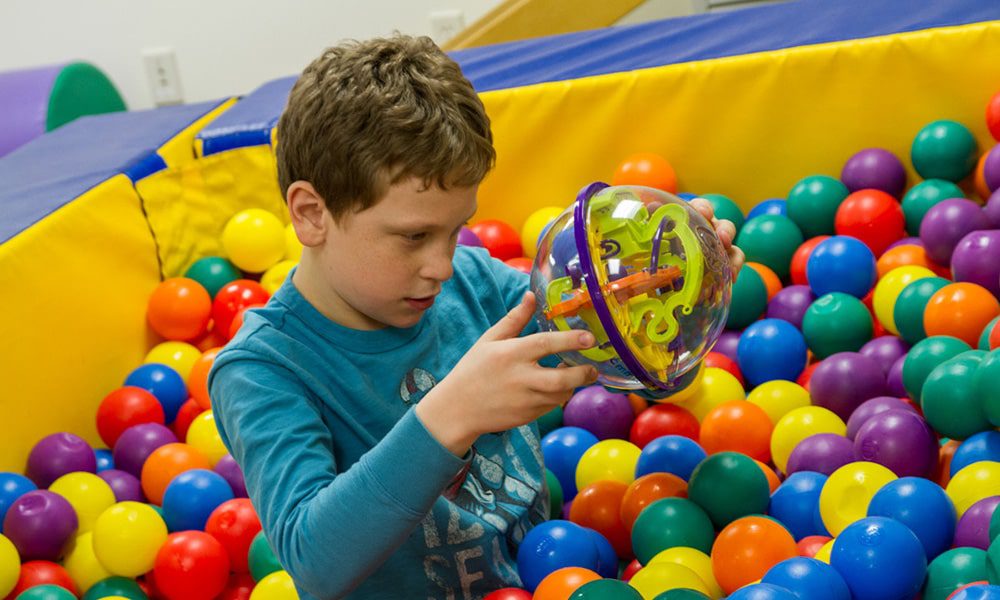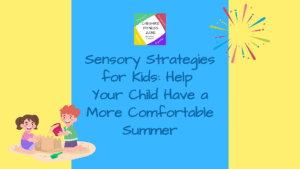Auditory Processing Disorder or APD is also known as central auditory processing disorder. This disorder is describes a hearing problem that affects about 5% of school-aged kids. Kids affected by this condition are not able to hear in the same way as other kids because their brain and ears don’t coordinate normally. There is something interfering with the way their brain interprets and recognizes sounds, particularly speech. In this post, you will learn more about a major APD model.
The Buffalo Model
This model contains four categories and the details are as follow:
• The tolerance-fading memory category: This category refers to two skills that are commonly found together. One is the fading memory which is the kid’s auditory short-term memory and the other is tolerance which is the kid’s ability to process language and understand speech in noise. An example of a tolerance-fading memory deficit is a poor ability to comprehend what one reads, express oneself orally and to write.
• Organization category: This category involves sequencing errors and disorganized thinking. This also appears to be signs of executive function and social communication deficits. Kids under this category often show trouble in retrieving the words they need to respond in a conversation.
• The decoding category: This category shines light on the kid’s ability to accurately and quickly process speech at the phonemic level. This has nothing to do with auditory stimuli as it only involves speech sounds. In fact, the deficits in this area come from linguistic nature and poor phonemic awareness abilities. An example of decoding deficits is having trouble spelling and reading.
• The integration category: This category may contain poor readers, kids who have trouble performing multimodal tasks, as well as those who have trouble spelling. Also, kids under this category have a hard time receiving visual and auditory information at the same time.
Opting for speech therapy
Bringing your child for speech therapy sessions is essential to help improve his or her communication skills and be understood better in the future. Speech therapy can also improve the coordination of speech muscles by strengthening the action of pushing the tongue against a tongue depressor, as well as repeating and imitating sounds. The therapy will also improve the child’s fluency through breathing exercises.
Each child who undergoes speech therapy will have a different outcome depending on the severity of their problem. The outcome of their therapies will depend on the consistency and frequency of their therapy, as well as the help provided at home. It is unadvisable to delay speech therapy for your child as it means that they might miss the pertinent window of time when the brain is maturing and learning at a rapid pace.
Why use speech therapy?
It is important that your child has the ability to express themselves. Speech therapy was created to help them achieve better success to understand and use language to their advantage, to express themselves well and to maintain good communication skills with others.
If you are looking for reliable speech and language pathologists who have many years of experience working with children of varying ages and abilities, feel free to contact Cheshire Fitness Zone for more information on speech therapy in CT.



